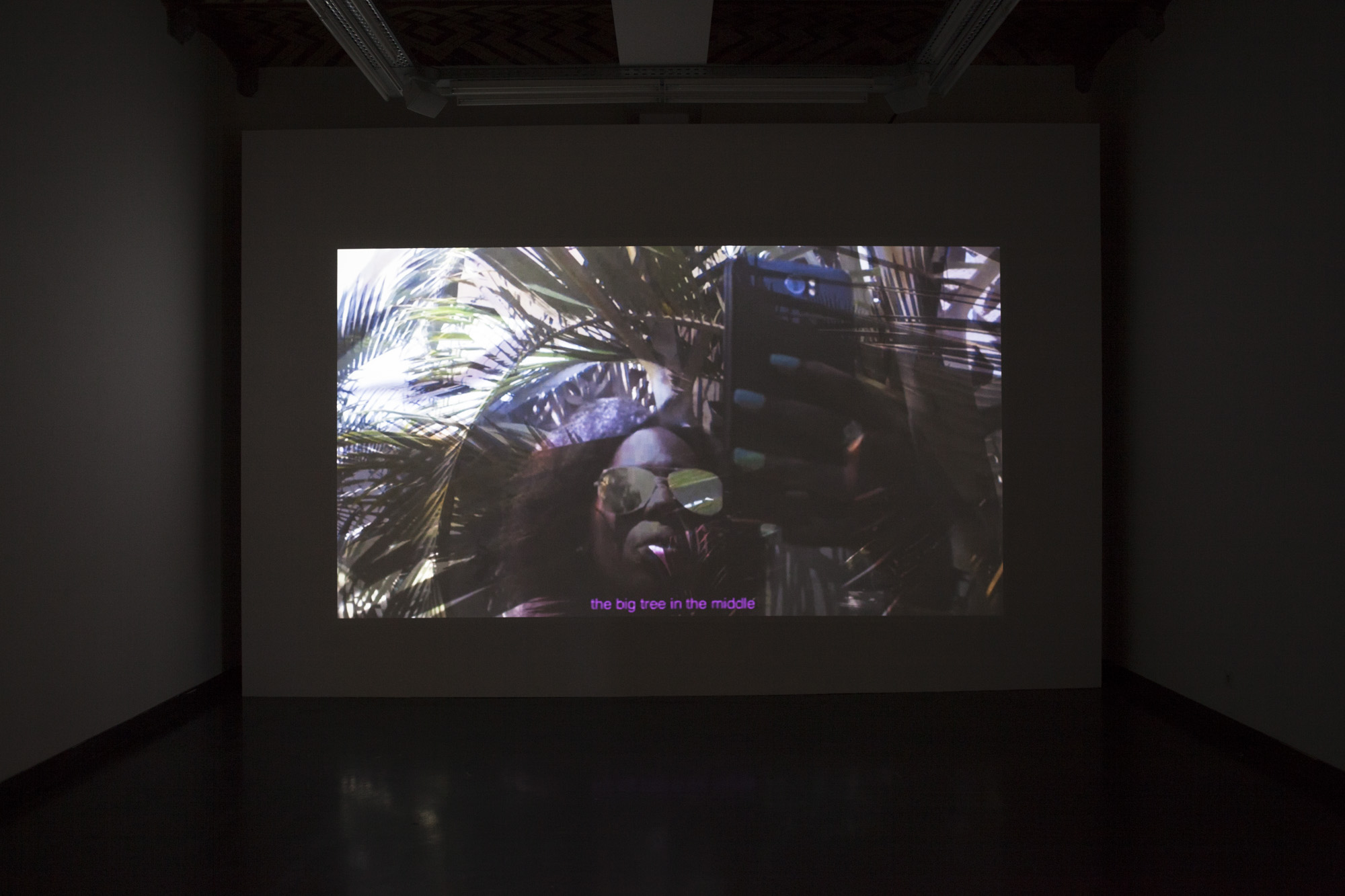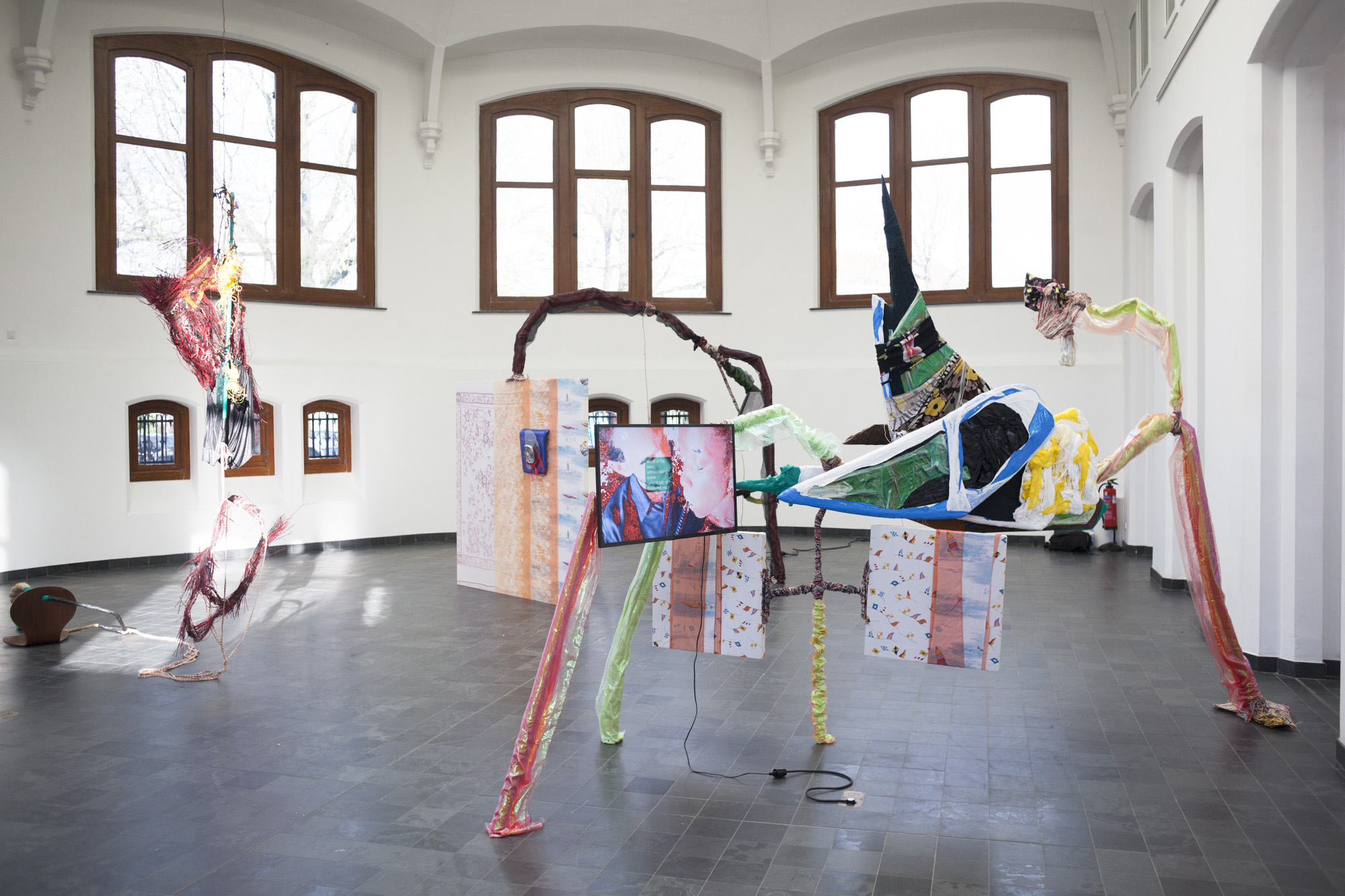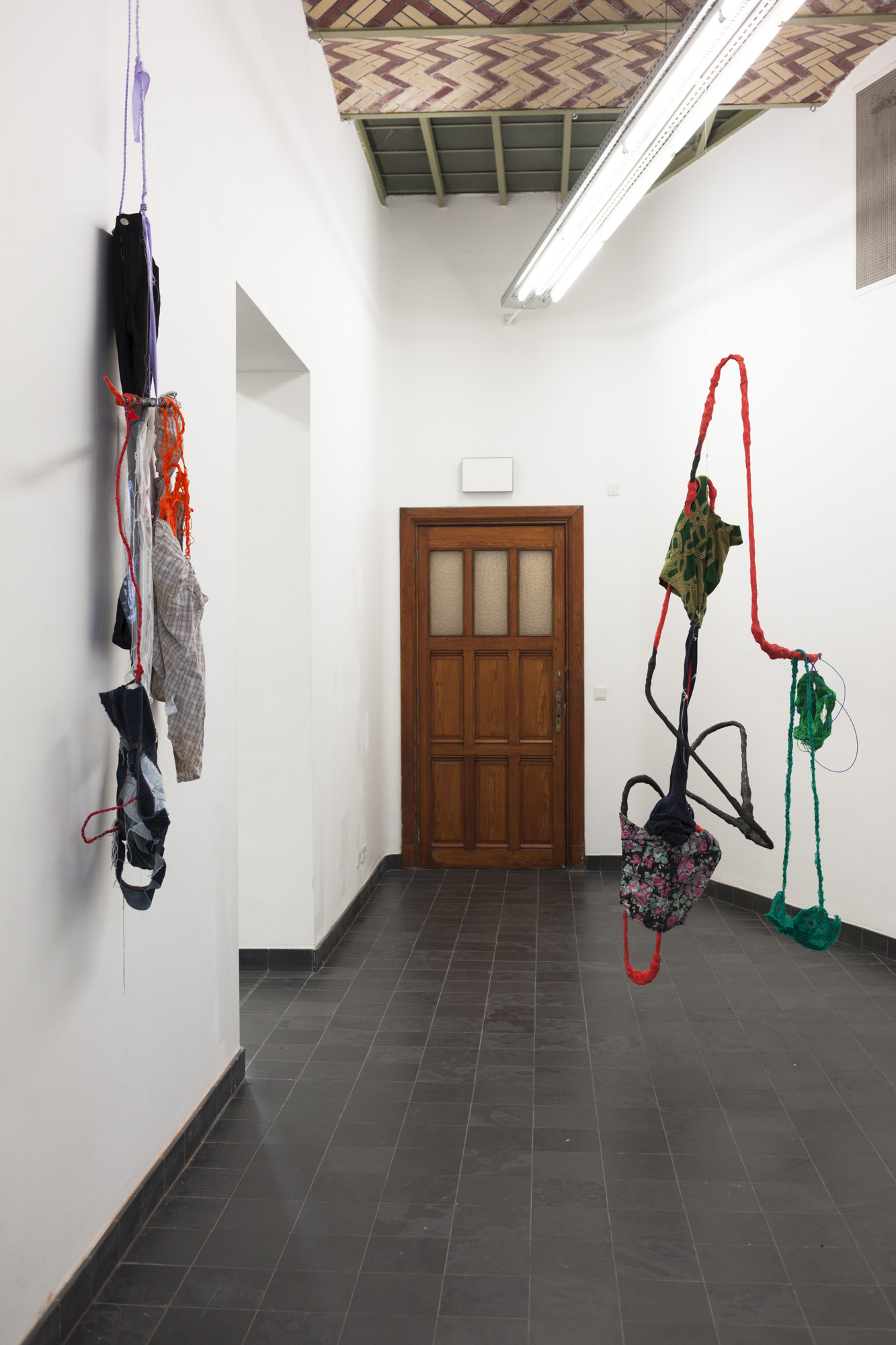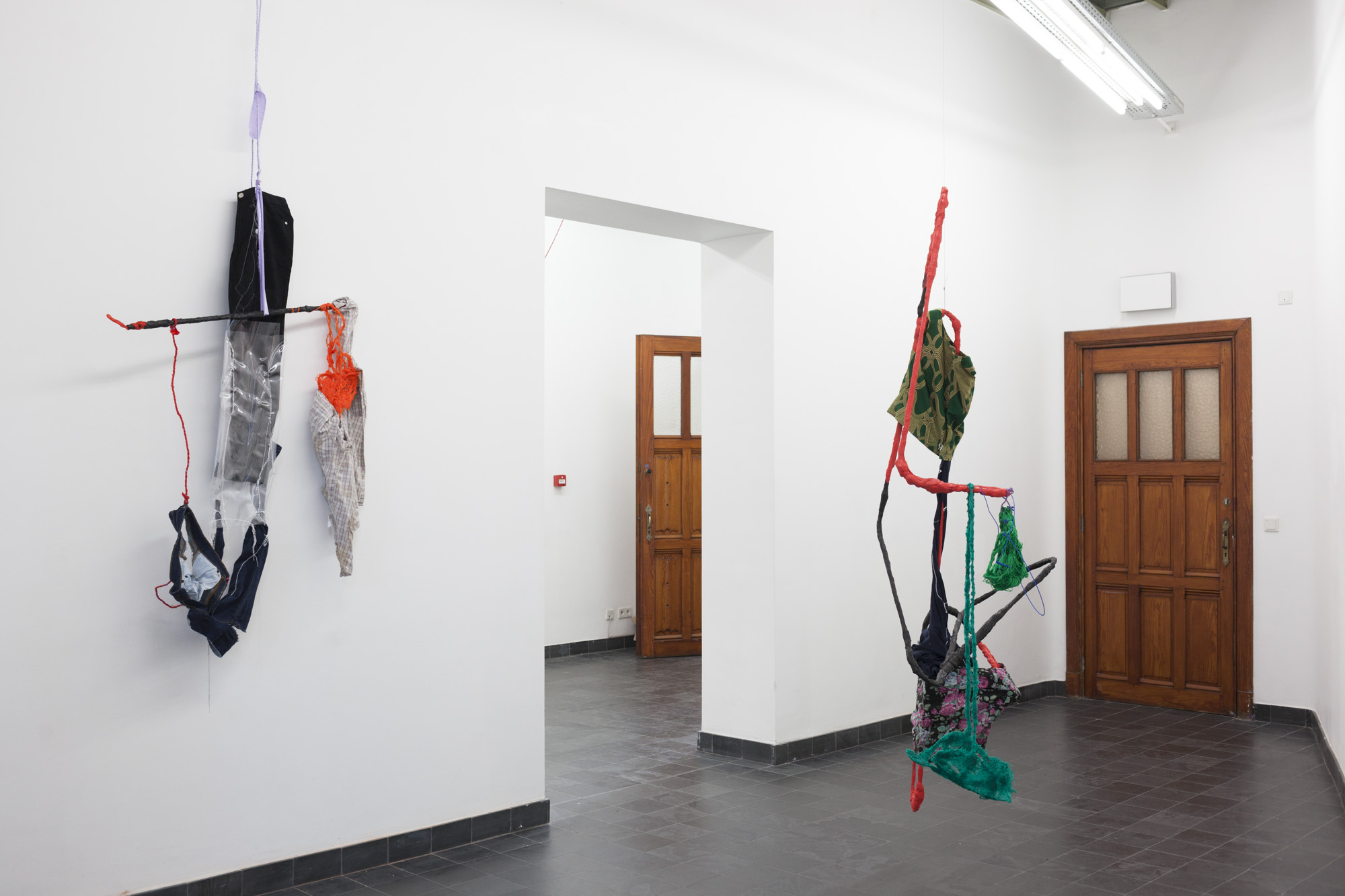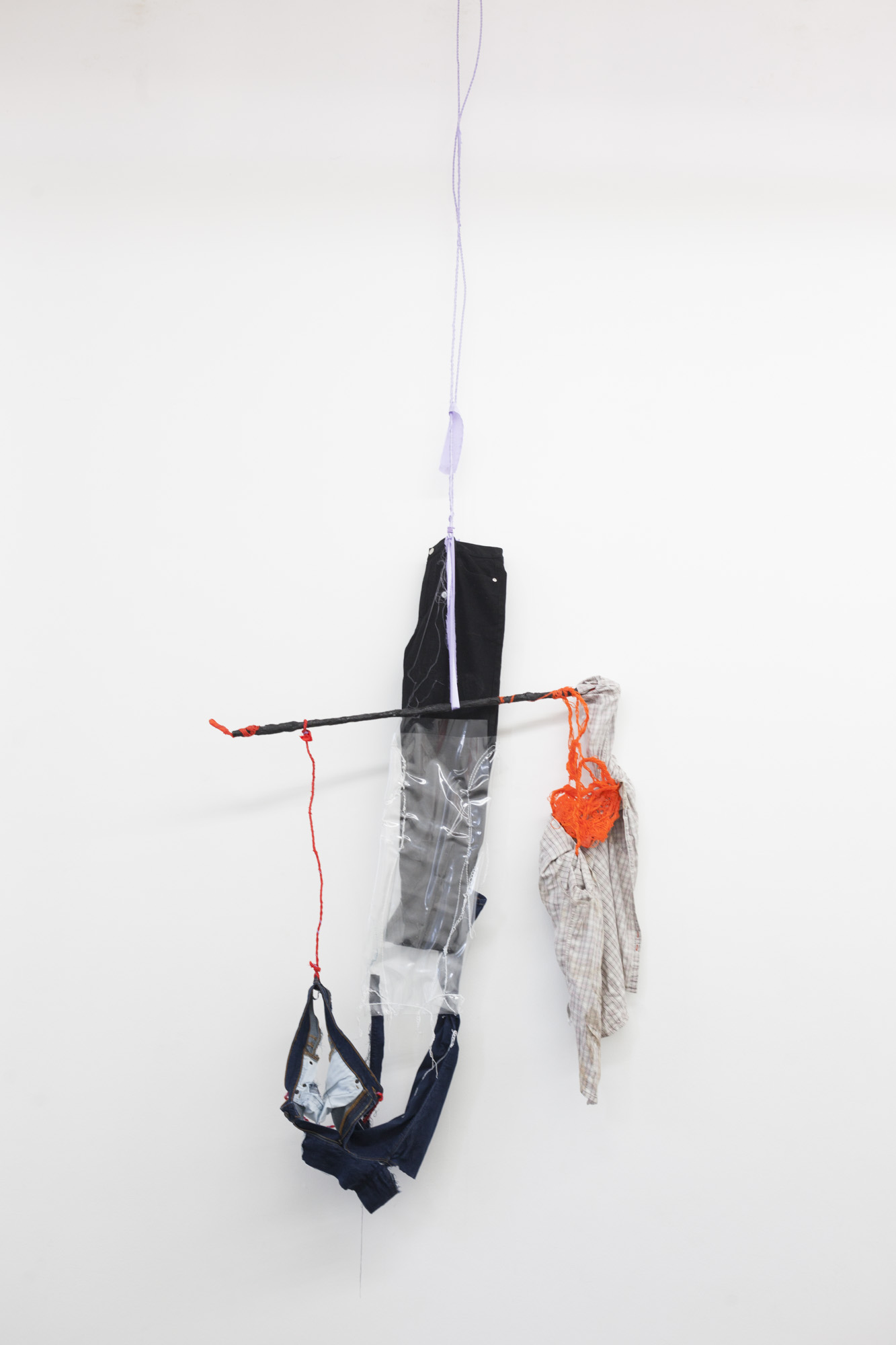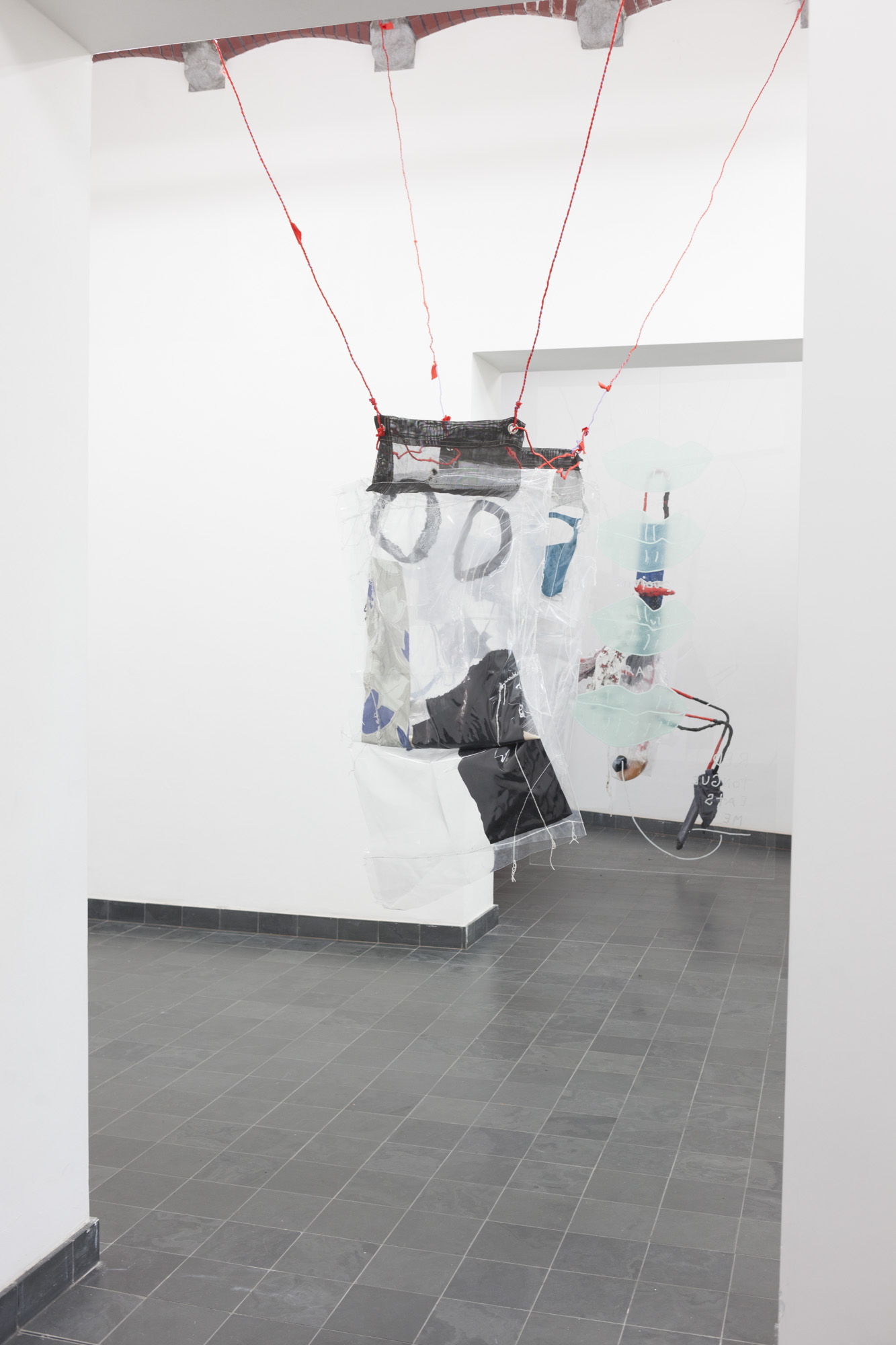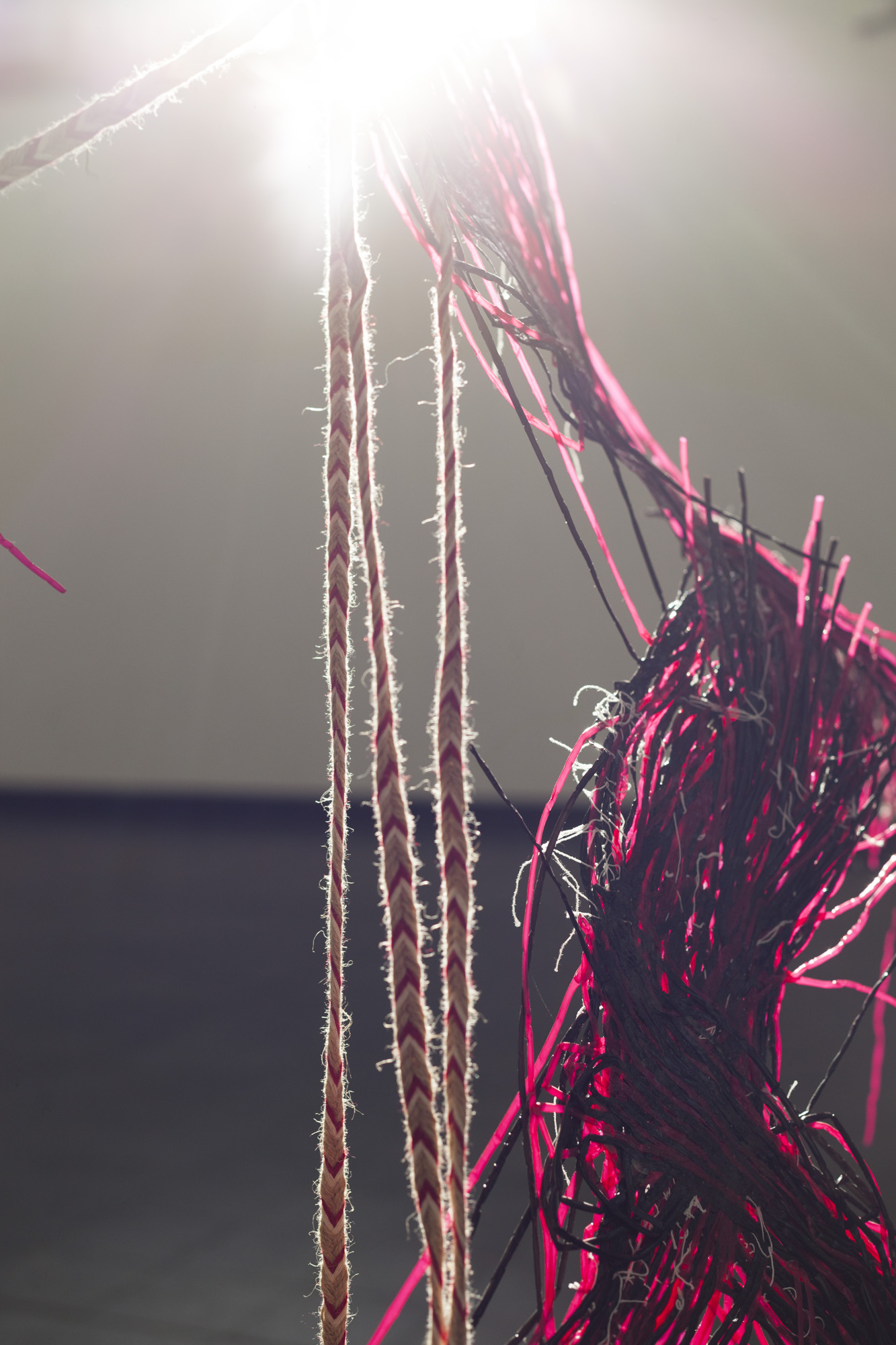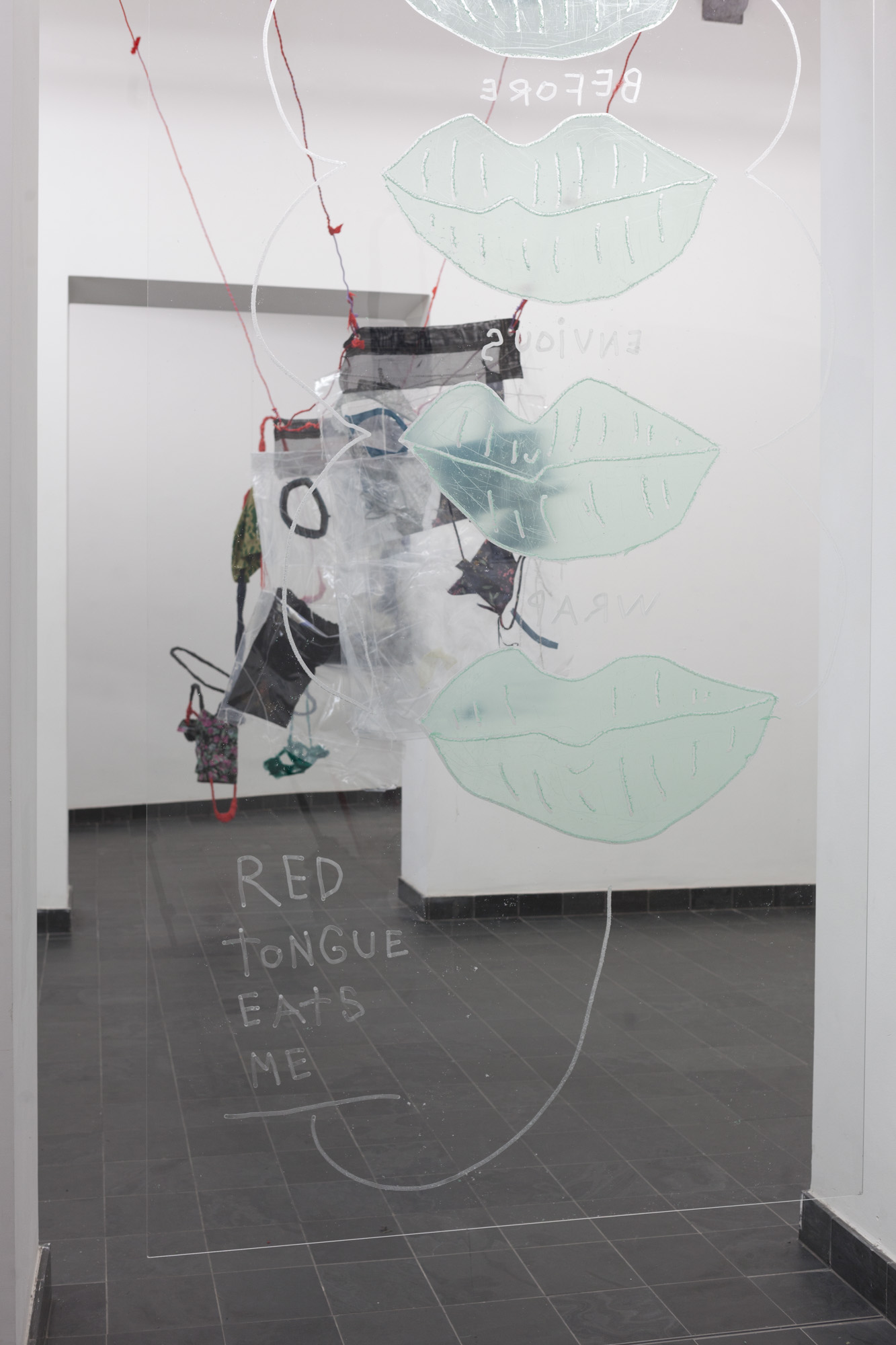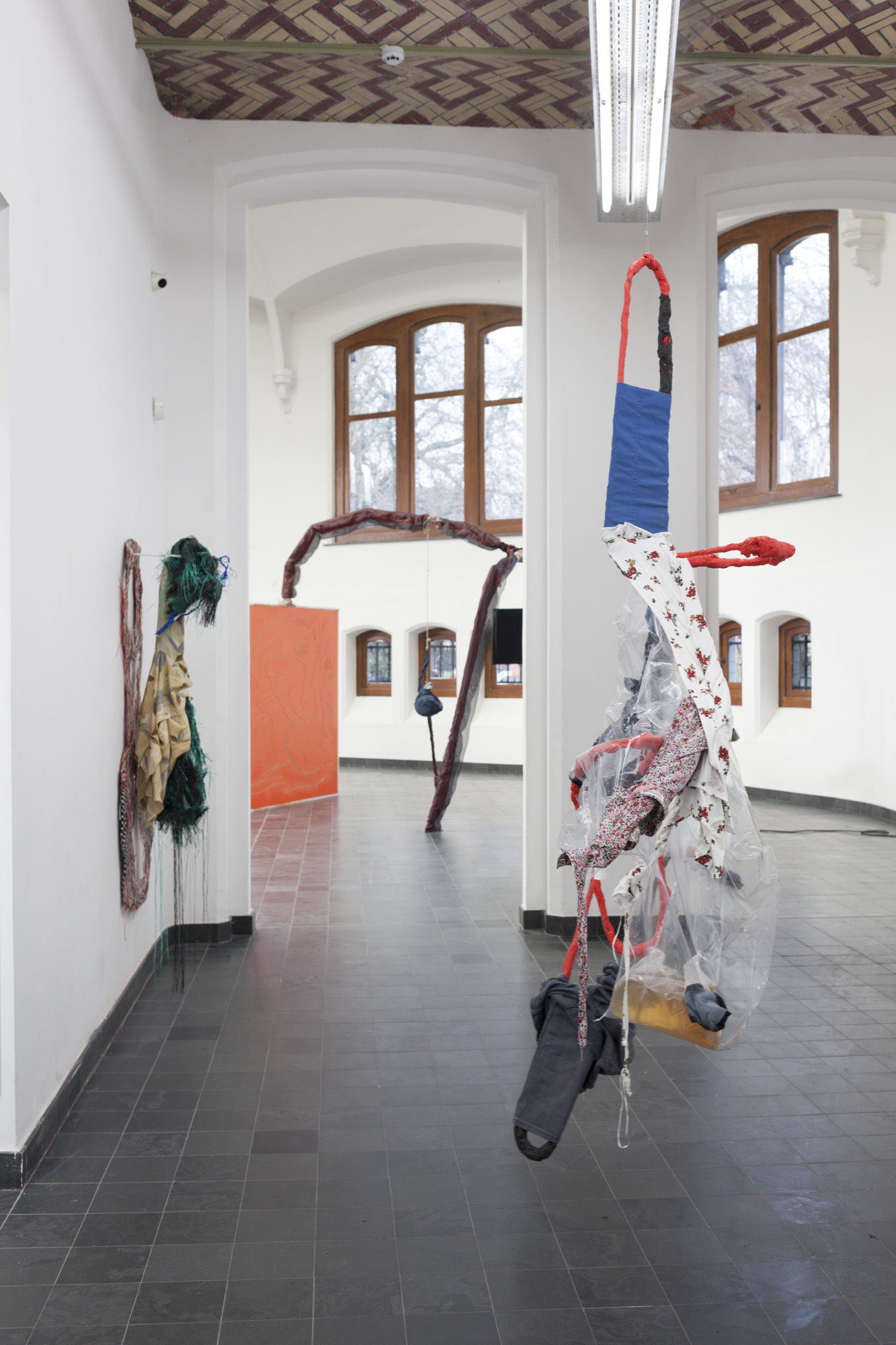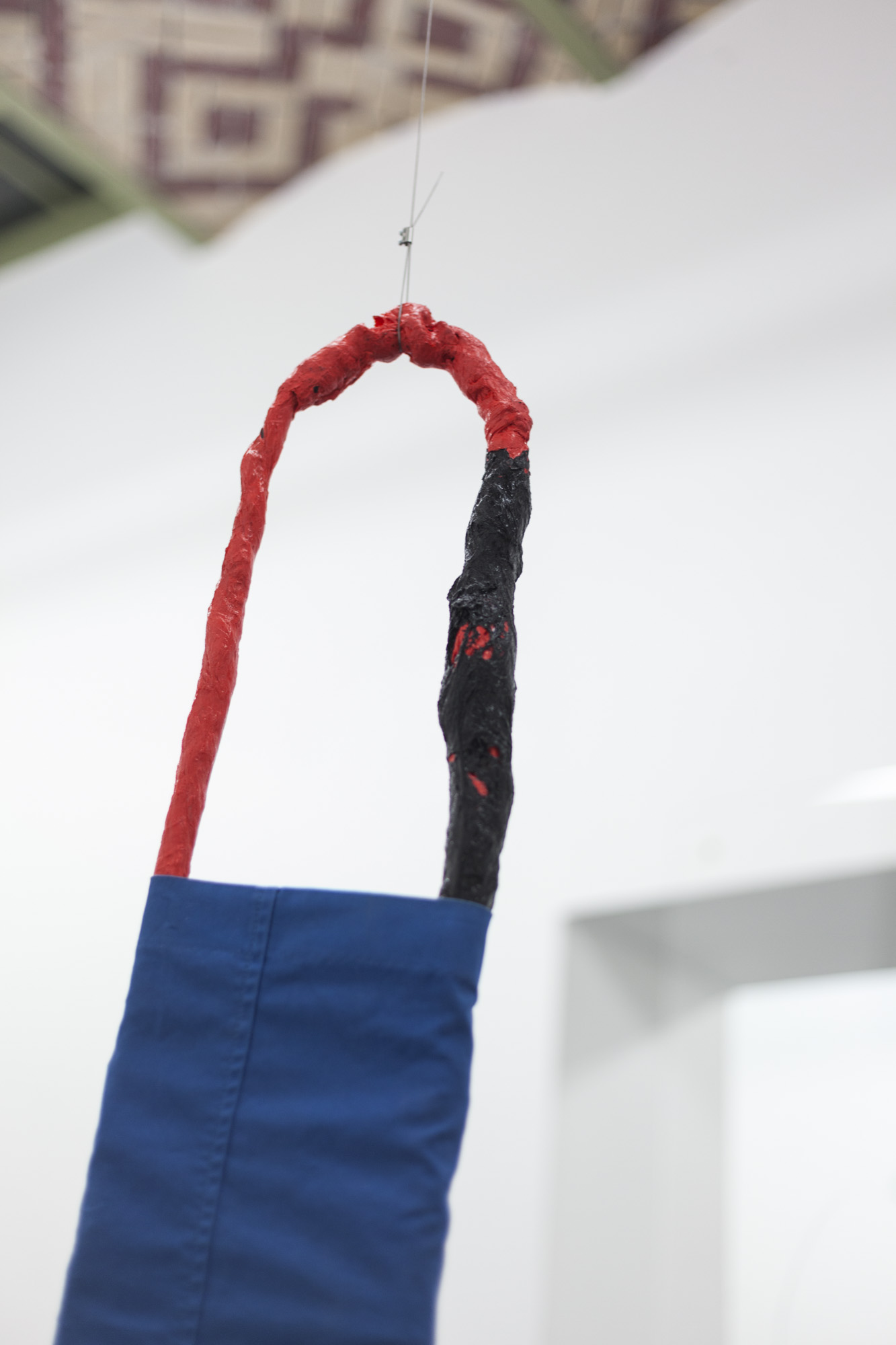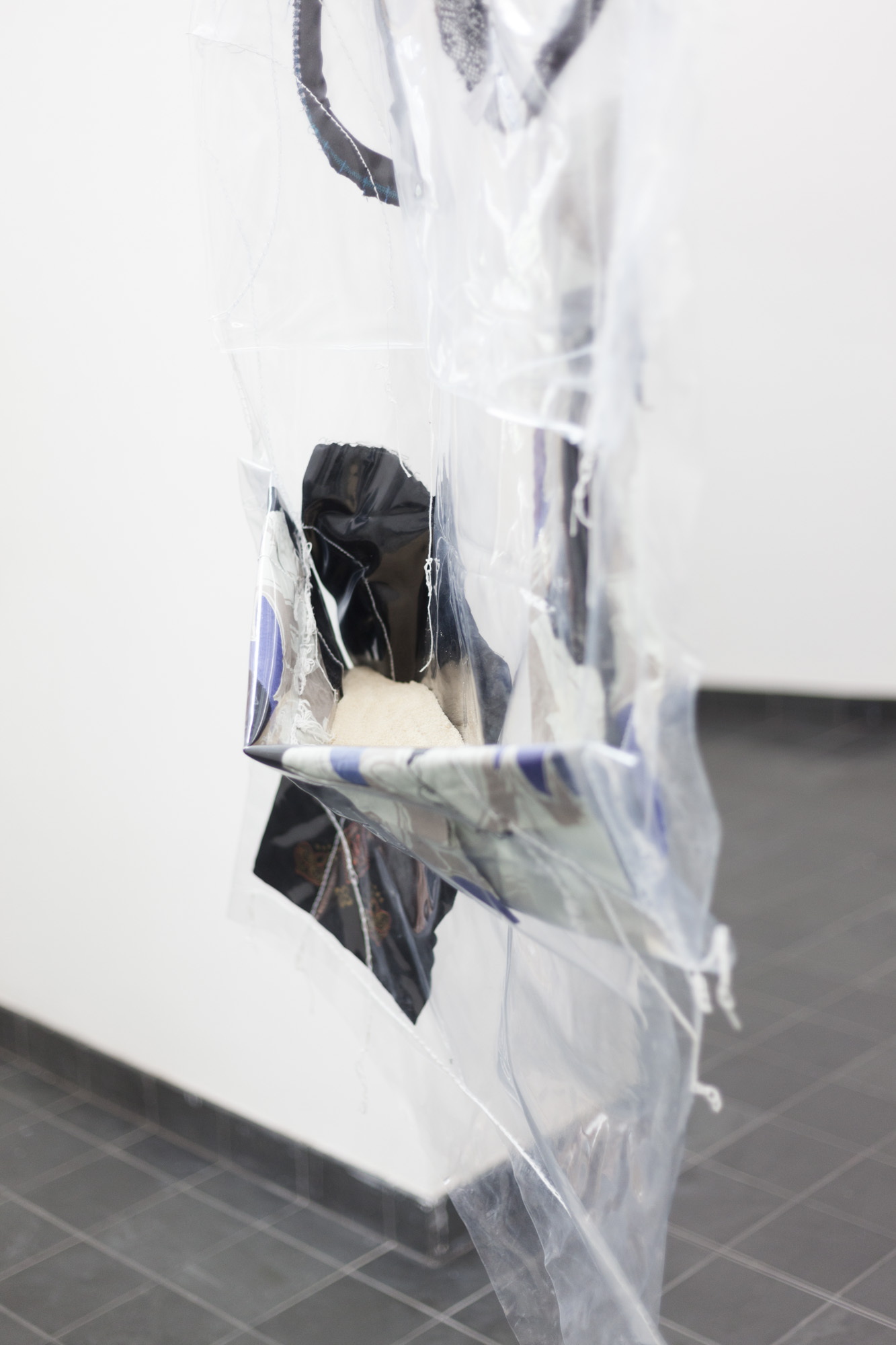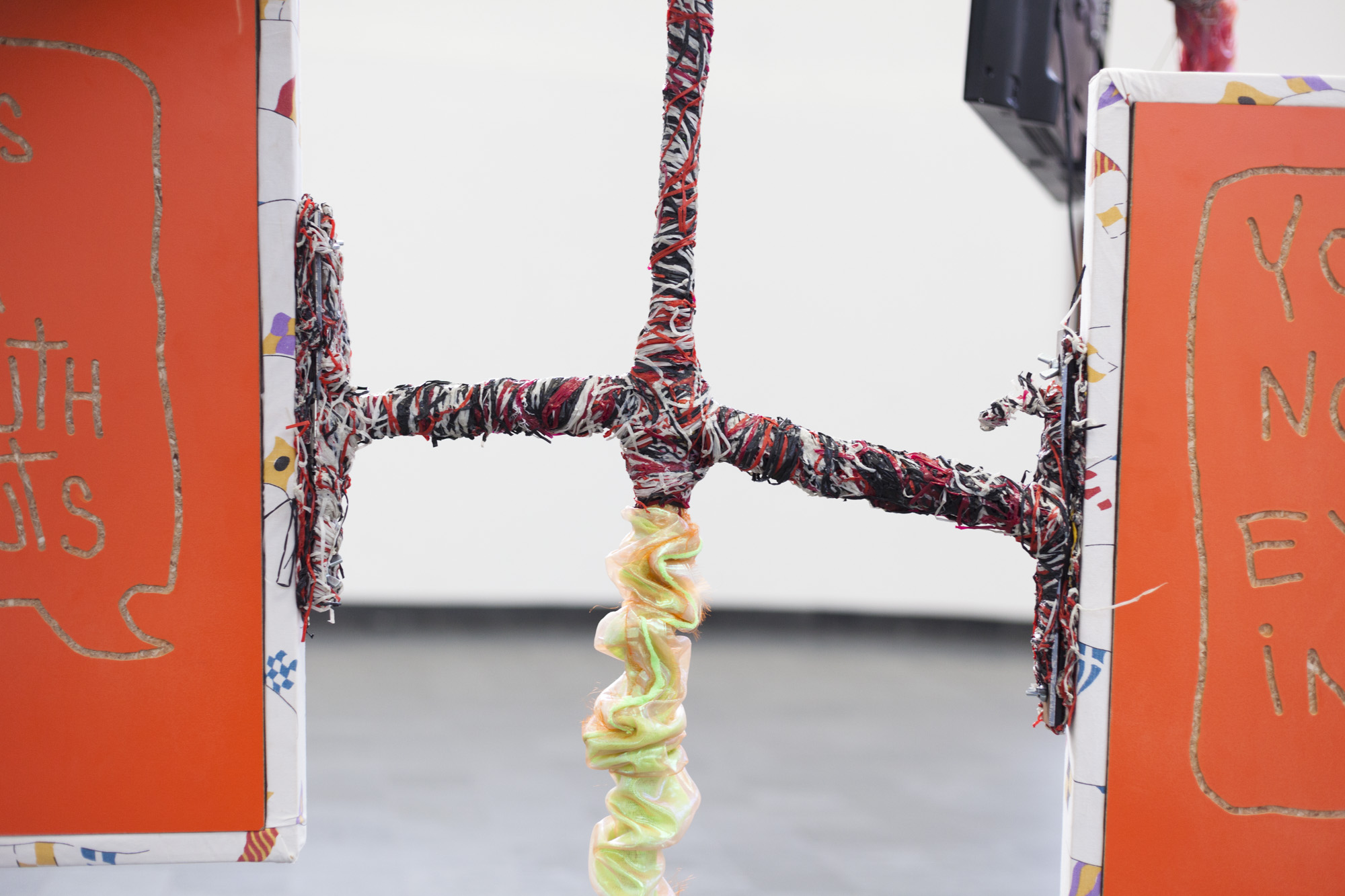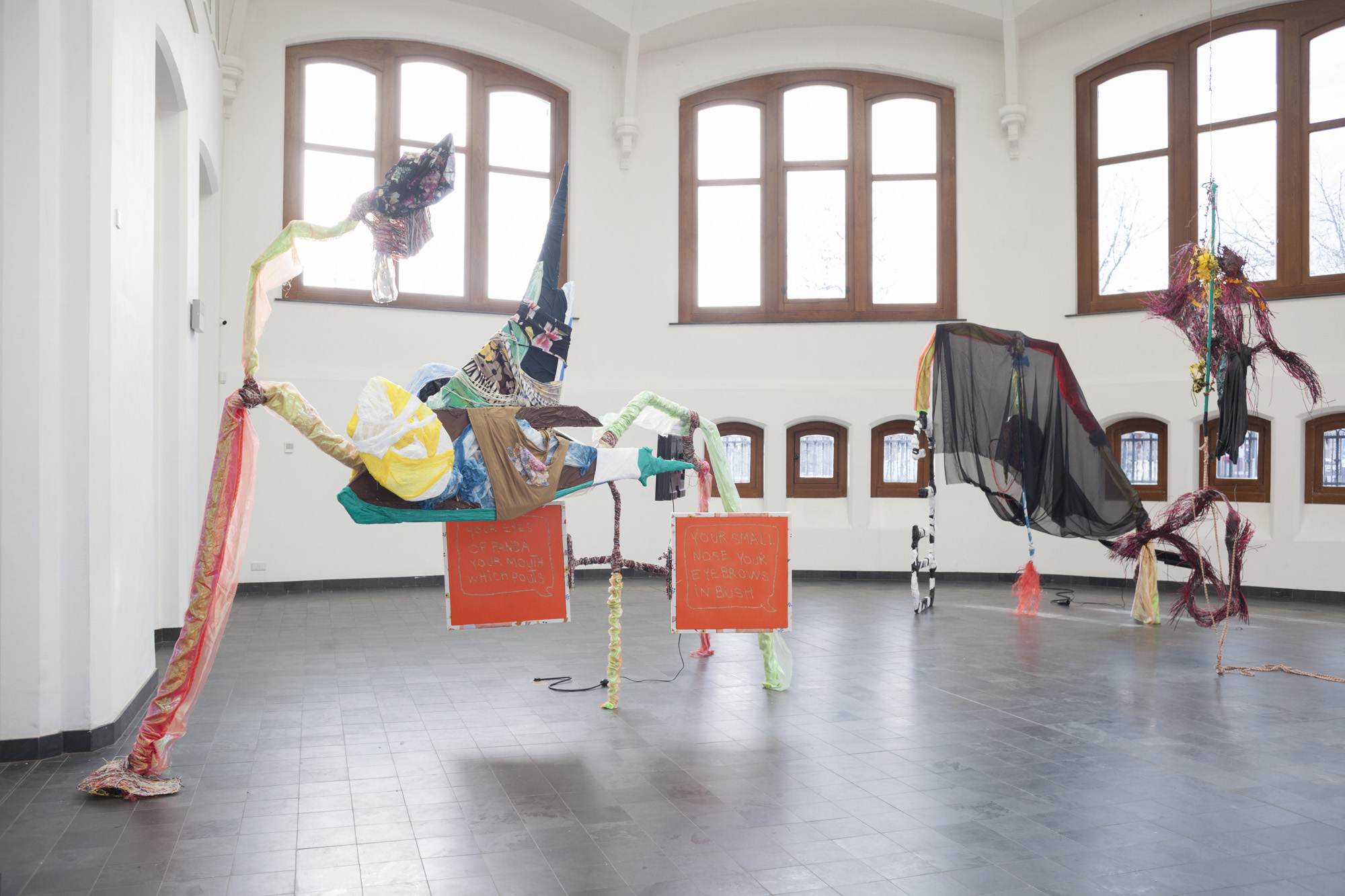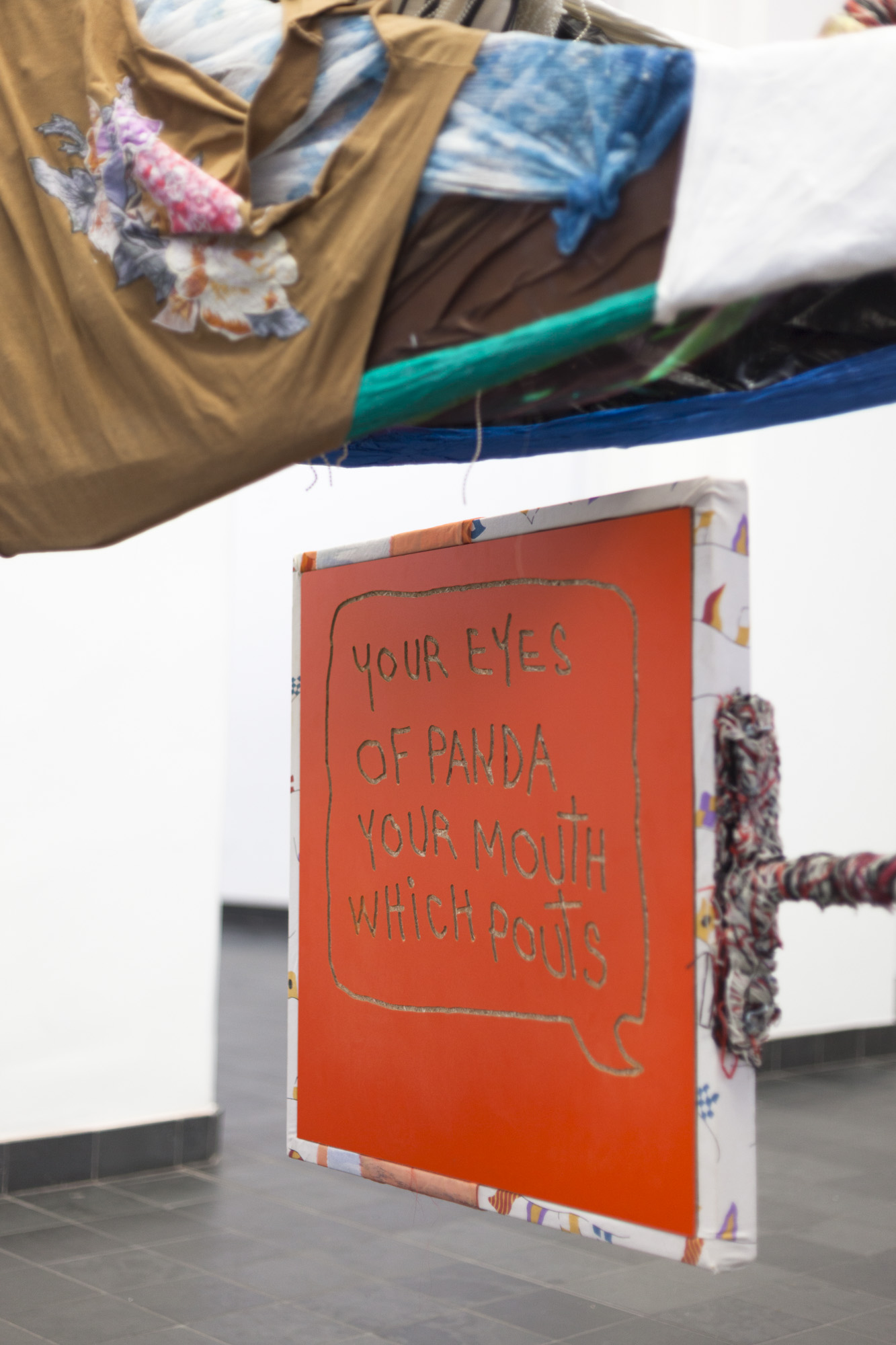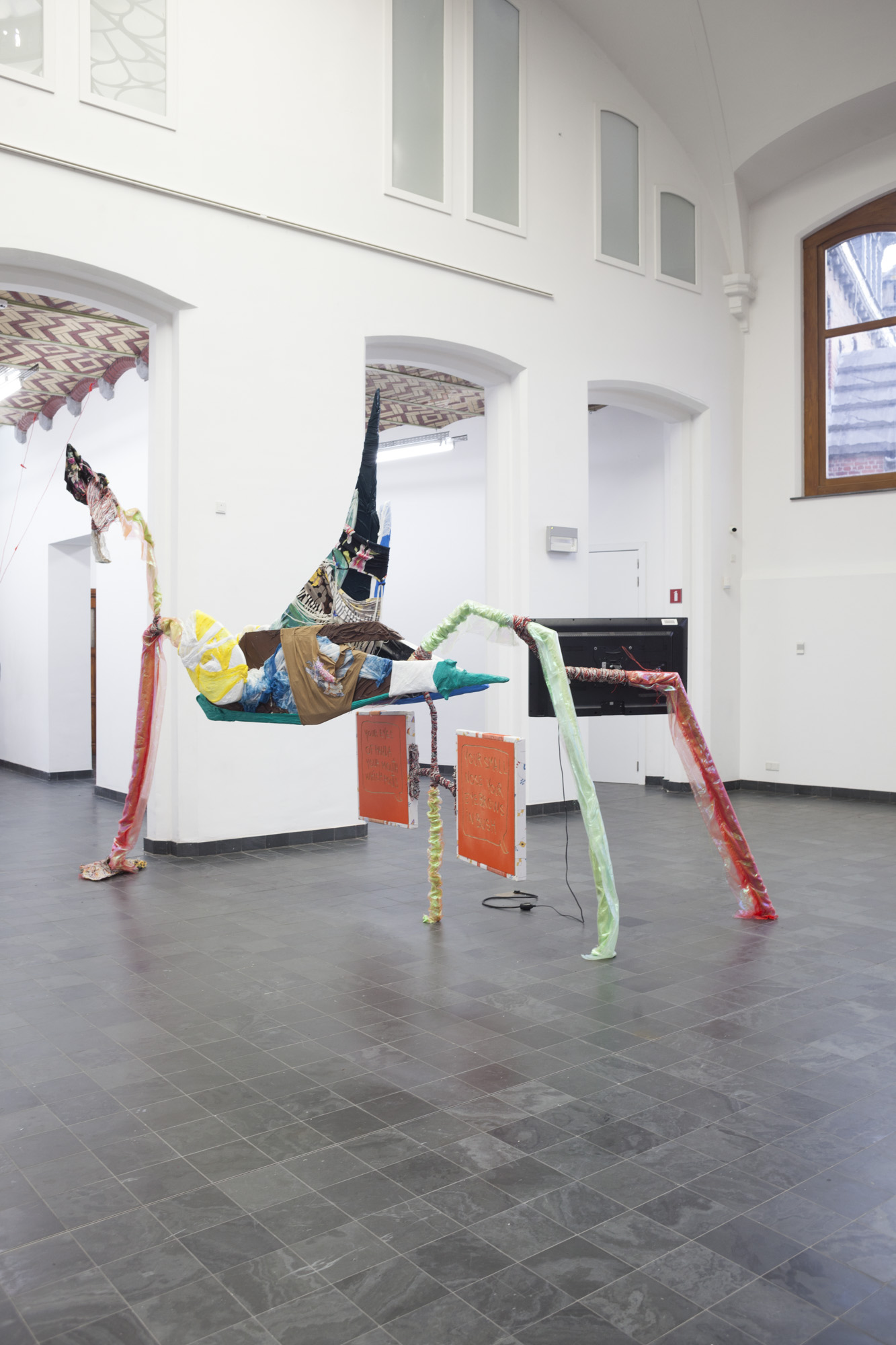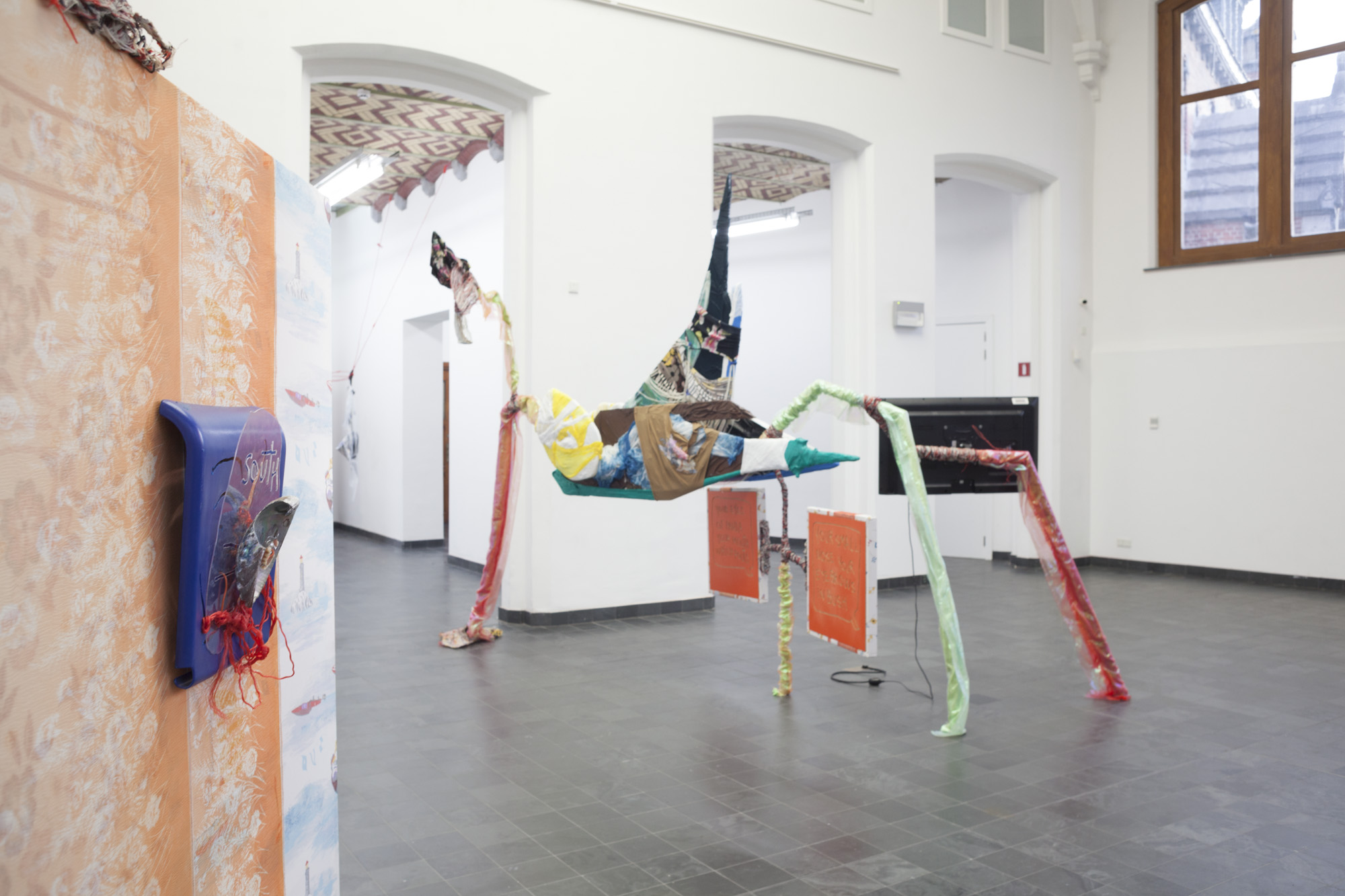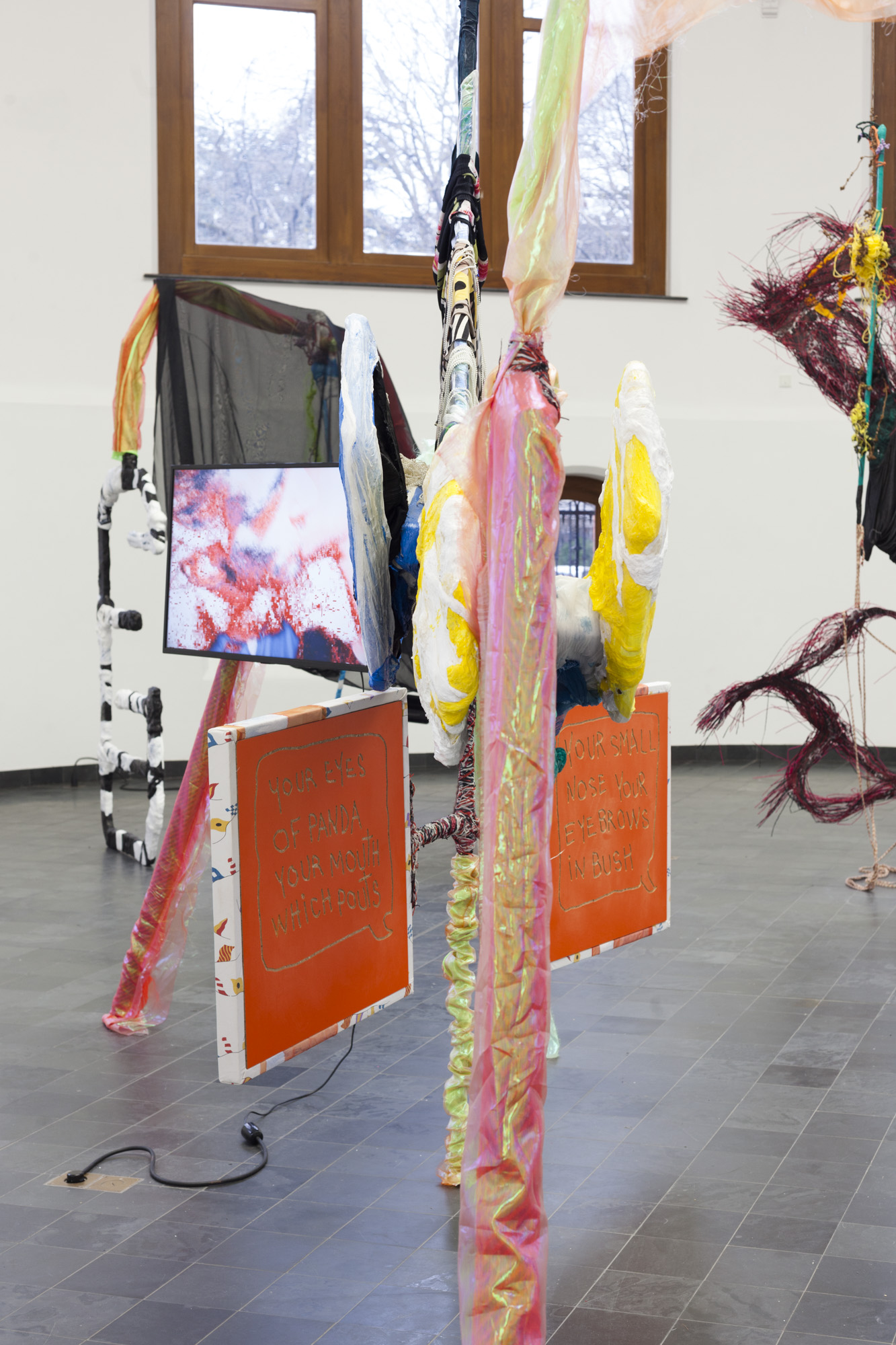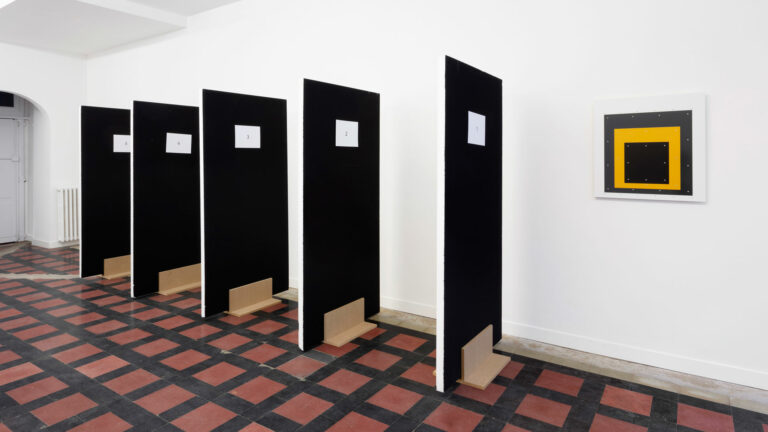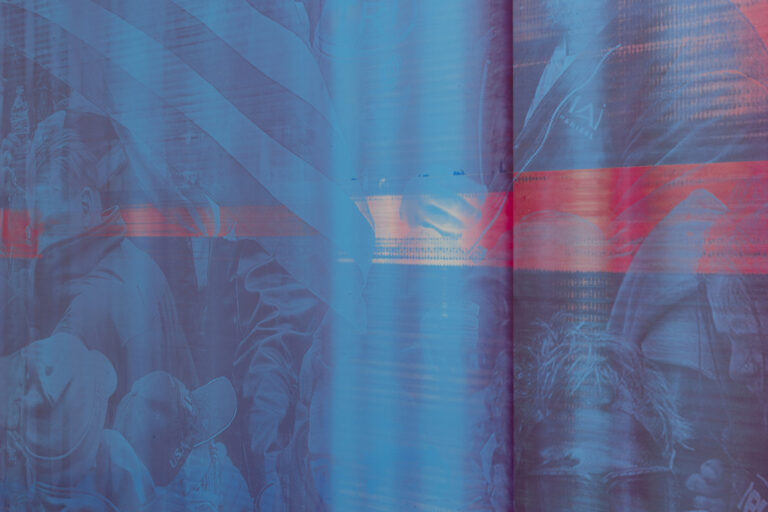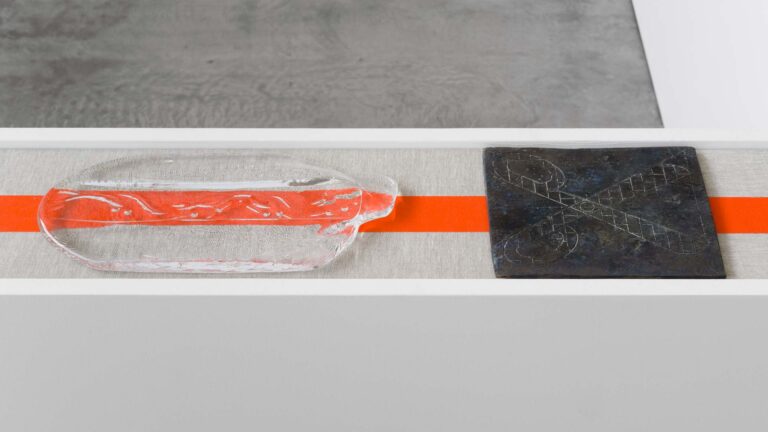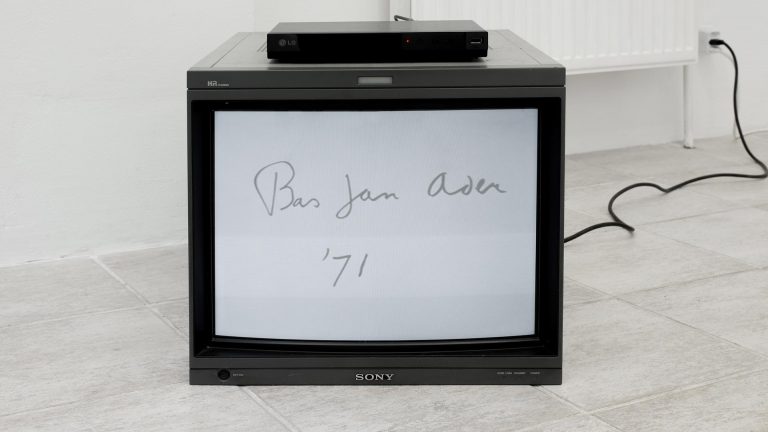Artist: Julien Creuzet
Exhibition title: Great moment of transport, body to body, boat on my dunes boat on your back hands on our waves it’s beautiful both ocean flow (…)
Venue: KIOSK, Ghent, Belgium
Date: February 9 – April 14, 2019
Photography: all images copyright and courtesy of the artist and KIOSK, Ghent
Great moment of transport,
body to body,
boat on my dunes
boat on your back
hands on our waves
it’s beautiful both
ocean flow (…)
With this exhibition title, Julien Creuzet invites us along for a meandering narrative in which sounds — like the phrases from this opening — resound and echo in the form of songs, poetry, performances, videos and installations. In the gallery, an almost hypnotic and sensuous stream of words and images comes alive that is rooted in the artist’s native island of Martinique.
Creuzet’s works refer to Martinique’s literary, cultural and geographic identity, and in particular to Édouard Glissant, the poet and writer who was also born on the Antillean island. According to Glissant, despite French dominance, Caribbean (cultural) identity is neither French, nor African, but Creole; a mix of different linguistic influences. In his writings, he develops and deploys the concepts of creolization and decentralization in opposition to globalization and universality. Creuzet follows suit, with an anti-colonial discourse and techniques of assemblage, collage and cultural appropriation as tools to re-fashion exoticism into something new.
Organic growth and the ‘rhythm’ of the Caribbean are the foundation for the central installation in KIOSK’s dome room: the base for the structure was constructed in 2018 in cooperation with Les Ateliers de Rennes, and is expanded with new extensions here. The work behaves much like a complex mangrove ecosystem from Martinique, with an expansive network of horizontal roots. The structure covered with pieces of cloth and screens echoes this theme, as do the man and woman from the video Lova Lova, Safari Go. The different sound tracks and textures, protagonists and identities are attracted, clash and are distorted. Like the mangrove’s aerial roots, they become part of a networked, living and breathing landscape.
The exhibition stands as a single visual and acoustic collage of complementary memories, both personal and collective, a mix of organic, synthetic and technological materials, French and Creole, high and low culture, with occasional political subtexts. Creuzet visualizes the encounter with the Other, which Glissant described in a way that resonates with this pluriform installation: “Rhizomatic thought is the principle behind what I call the Poetics of Relation, in which each and every identity is extended through a relationship with the Other.”





